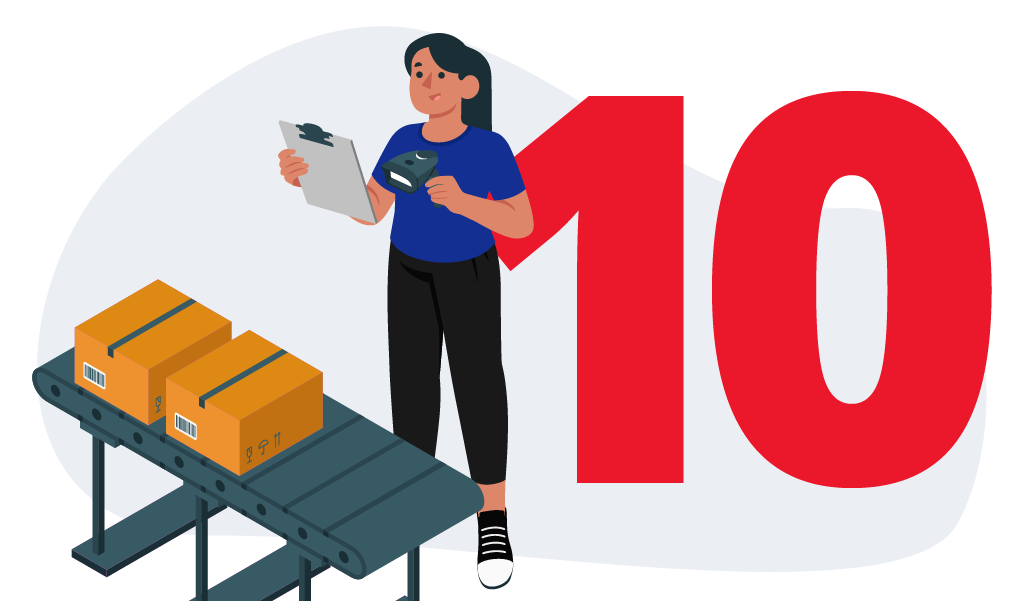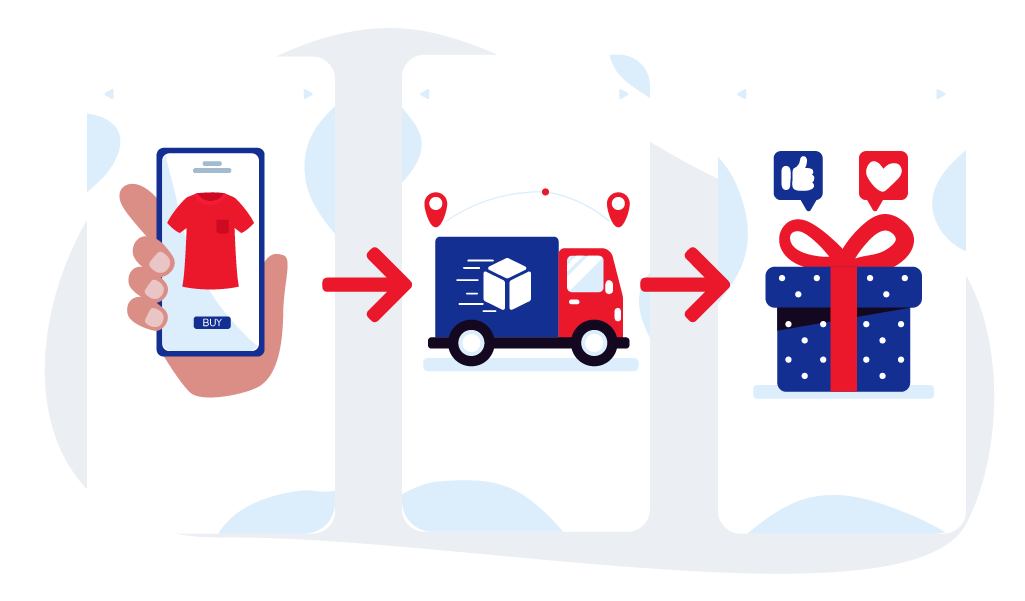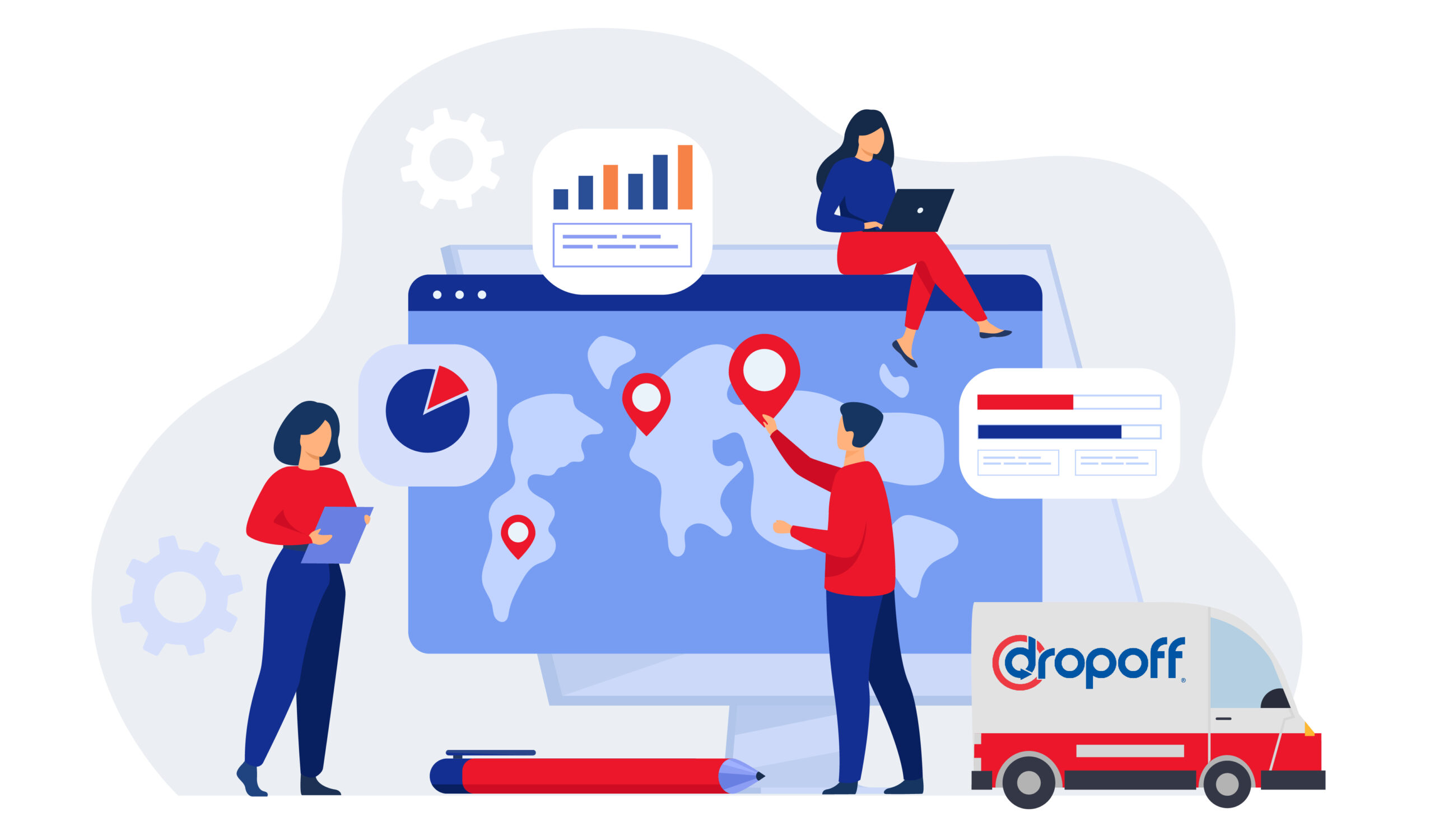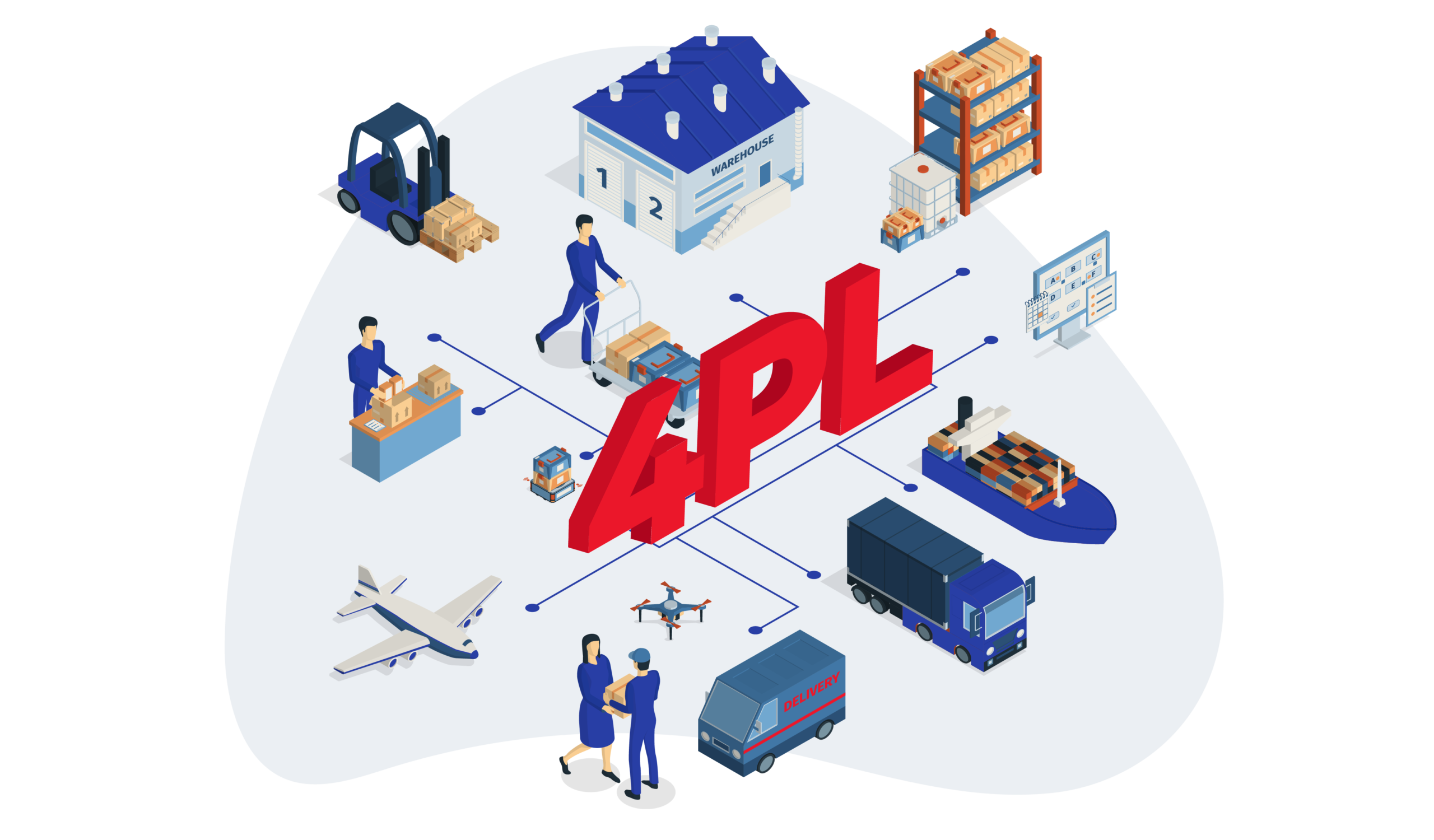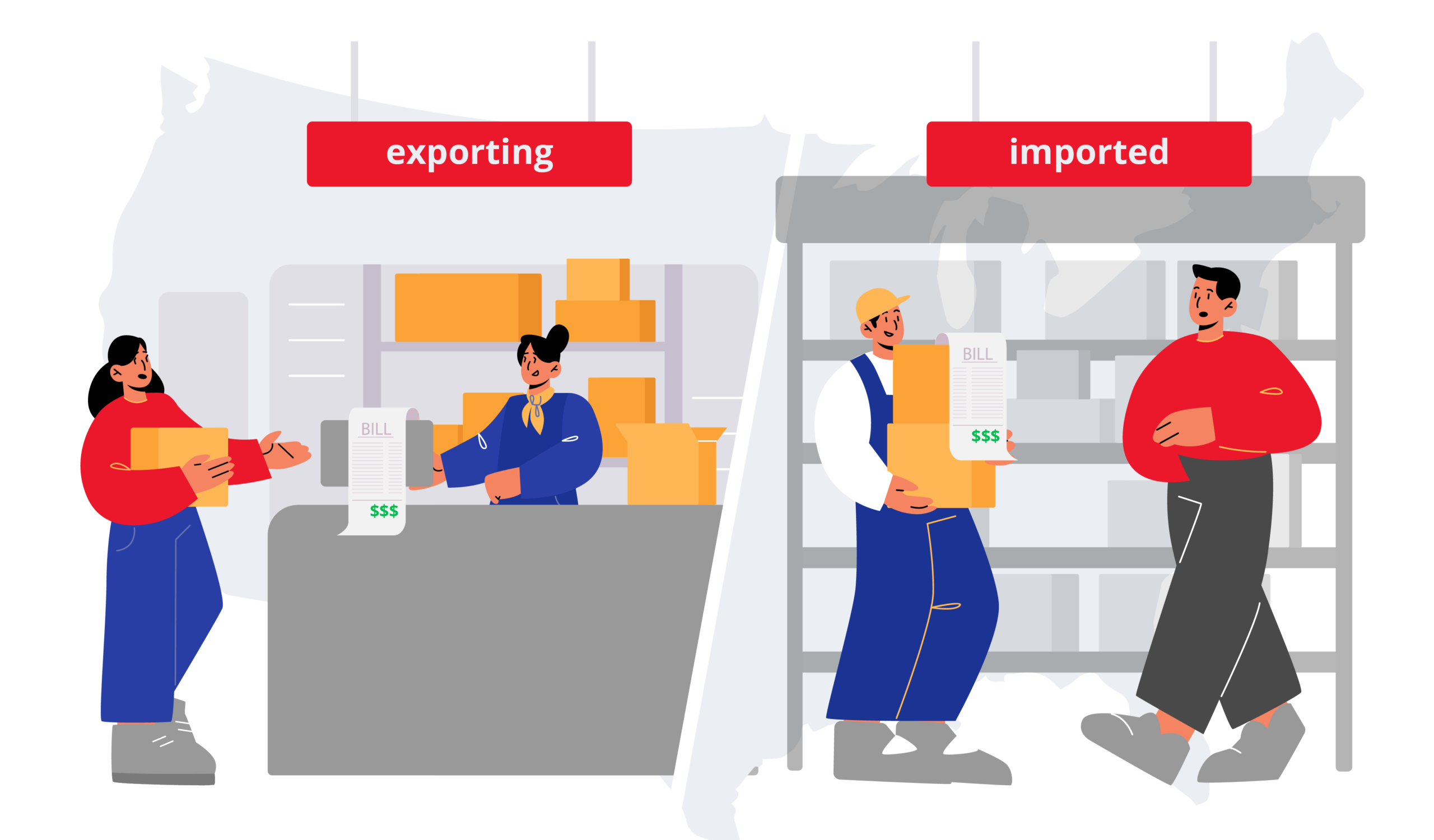What Is Integrated Logistics and How to Build It For Your Company
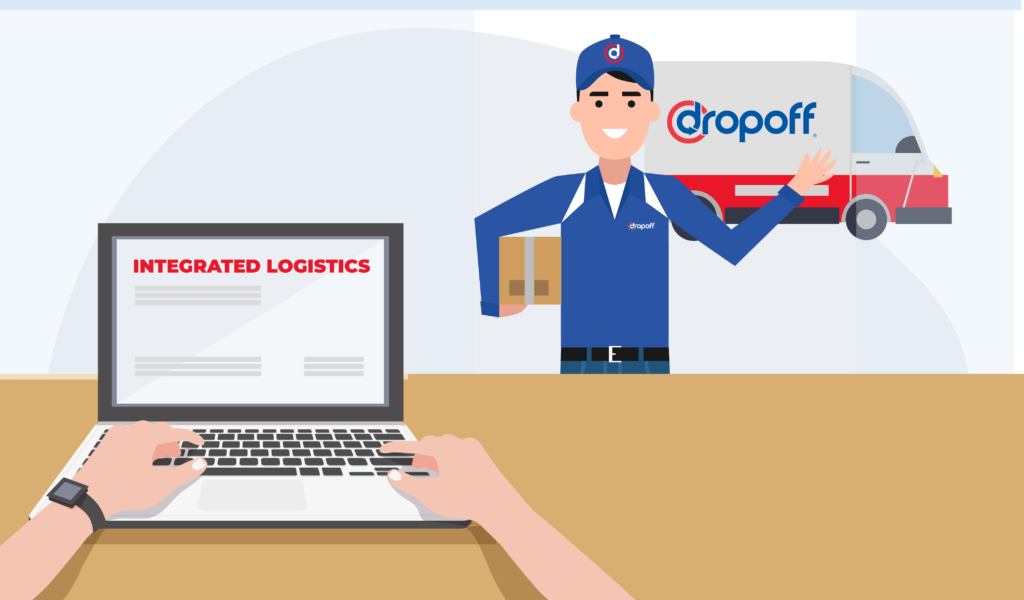
Business experts predict that 74% of logistics processes will be outsourced by 2023. With this in mind, it has become imperative for businesses to run efficient integrated logistics that can effectively streamline a seamless supply chain, regardless of the number of providers involved.
While outsourcing logistics services has already been a common practice for years now, businesses still find it tricky to maintain a coherent supply chain, especially now that consumers expect speedy dispatch and same-day deliveries. This article will dive deep into integrated logistics and provide a step-by-step guide on how your company can build a robust integrated logistics process.
What Is Integrated Logistics?
Building a partner ecosystem has become increasingly prevalent among businesses, incorporations, and SMEs. 95% of Microsoft’s commercial revenue is attributed to their 400,000 partners.
Such partner ecosystems provide third-party or even white-label services working in the background of companies so your brand can focus on developing its go-to-market offers and fostering better customer relationships.
To maintain an excellent partner ecosystem, businesses should run an equally excellent integrated logistics management process.
Integrated logistics is a comprehensive supply chain organization method that combines all facets of a company’s supply chain. It involves the seamless coordination of departments, resources, and technology to enhance operational efficiency and meet customer demands effectively.

Key Components of Integrated Logistics
Integrated logistics is more than just connecting your logistics providers. To understand integrated logistics, one must grasp its core components:
1. Management of Transportation
The first major cost of logistics transportation is fuel. Fuel constitutes more than 50–70% of logistics costs, either air, road, or sea. Understanding and effectively managing this key cost component are vital for overall cost efficiency in logistics operations.
Transportation management is crucial for integrated logistics. It includes the planning, executing, and monitoring of all transportation activities within the supply chain. A Transportation Management System (TMS) should be effectively integrated into your logistics process to choose the appropriate mode of transportation, optimize routes, and track shipments in real-time.
2. Warehousing and Distribution
Recent surveys suggest that 34% of businesses struggle with unavailable products due to delayed shipments, which could wipe out approximately 45% of a company’s annual earnings before interest and tax.
An integrated framework enhances inventory, allowing businesses to make the most out of their warehouse space. It streamlines order fulfillment and deliveries, ultimately implementing an efficient distribution process.
3. Management of Inventory
Integrated logistics, while not its primary focus, emphasizes optimizing inventory levels throughout the supply chain. Studies show that businesses adopting advanced inventory techniques and real-time data experience up to a 20% reduction in stockouts, enhancing customer satisfaction.
According to logistics cost analysis reports, this strategic approach not only cuts carrying costs by approximately 15% but also ensures optimal inventory levels for prompt and efficient responses to customer demands. By aligning inventory management with integrated logistics principles, companies gain a competitive edge and enhance operational efficiency.
4. Processing of Orders
Order processing involves the reception, handling, and fulfillment of customer orders. Research indicates that streamlined order processing, closely aligned with other supply chain functions in an integrated logistics system, contributes to up to a 30% improvement in order turnaround times.
Aside from speed, accuracy is also paramount. An efficient integrated logistics solution should have an accuracy rate between 96-98%, which indicates that the supply chain framework is working effectively.
5. Information Technology
Investing in advanced IT systems, such as Enterprise Resource Planning (ERP) software, Transportation Management Systems (TMS), and Warehouse Management Systems (WMS), allows businesses to facilitate seamless data and information exchange among various third-party providers.
These systems enable effective communication and coordination, empowering businesses to make data-driven decisions. In fact, according to Forbes, Amazon’s retail success can be greatly attributed to its delivery networks and state-of-the-art logistics technology. As we all know, the company has an impeccable eCommerce logistics system.
Main Benefits of Building Integrated Logistics
86% of 3PL providers claimed their customers increased their use of outsourced logistics services as they saw its benefits. Here are some of the advantages enjoyed by businesses that successfully run an integrated logistics system:
Cost Reduction
Better visibility and coordination lead to the identification and elimination of inefficiencies, reducing logistics costs. To see how this happens, let’s look at Deere & Company, renowned for manufacturing machinery that utilizes integrated logistics to reduce costs significantly.
Facing challenges with a diverse product range and seasonal retail activity, the company implemented a supply chain network redesign. This involved introducing “merge centers,” optimizing cross-dock terminals, and strategically consolidating shipments. The results were remarkable: a $1 billion inventory decrease, customer delivery lead time reduction from ten to five days, and an annual transportation cost saving of around 5%.
Deere & Company’s case demonstrates the powerful impact of integrated logistics in achieving substantial cost reductions and operational enhancements.
Flexibility and Efficiency
Increased supply chain agility and collaboration among teams result in improved overall efficiency. DHL’s integrated logistics solutions have proven such in the services they’ve rendered to popular Brazilian and African telecom companies.
DHL implemented end-to-end logistics for the telecom company’s return and repair, introducing flexibility in labor management and on-site cosmetic repair operations. The outcomes were impressive—a 30% additional labor force for responding to dynamic demands, a substantial reduction in turnaround time from a month and a half to 3–5 days, and enhanced screening and testing capabilities processing 98,000 units monthly.
This integrated approach not only streamlined operations but also led to improved defect resolution, reduced inventory costs, and expedited market launches for new products, showcasing the enduring impact of integrated logistics on business growth.
Customer Satisfaction
Efficiently meeting customer demands through streamlined processes and accurate data is paramount for enhancing overall customer satisfaction. CEVA Integrated Logistics’ partnership with a leading multinational telecommunications company is a compelling case study illustrating this advantage.
Focused on improving the Net Promoter Score (NPS), a key metric for customer satisfaction, CEVA addressed the challenge by enhancing the return and repair process for mobile devices. The strategic partnership involved comprehensive support for returns and repairs, incorporating services such as triaging, grading, accredited repairs, refurbishments, exchanges, and refunds.
The inclusion of contact center services allowed for remote device issue resolution, significantly reducing the need for physical repairs and ensuring uninterrupted connectivity for users. The successful collaboration with CEVA significantly contributed to elevated NPS results, showcasing the positive impact of integrated logistics on customer experience.
Market Competitiveness
A well-implemented integrated logistics strategy plays a pivotal role in enhancing a company’s competitiveness in the market. A compelling illustration of this principle is found in Amazon’s remarkable success story.
Notably, in its 2021 first-quarter results, Amazon showcased its strategic focus on vertical integration as a logistics operator. The company reported an 80% increase in capital investments earmarked for logistics-related operations, encompassing fleets of vans, planes, trucks, and new warehouses. Amazon’s ambition is to evolve into its own end-to-end logistics operator, marking a significant shift in the industry landscape.
Sustainability
Integrated logistics supports sustainable practices by optimizing transportation routes, reducing emissions, and minimizing waste. Walmart, a global retail giant, has implemented an integrated fleet management strategy focused on sustainability, efficiency, and cost reduction.
The strategy involves incorporating alternative fuels like compressed natural gas (CNG), electric, and hybrid vehicles into its fleet, resulting in a significant 30% reduction in greenhouse gas emissions compared to traditional fuels.
Walmart’s commitment not only aligns with environmental goals but also enhances its public image, positioning the company as a responsible leader in sustainable fleet management. The success of this strategy has translated into cost savings, making alternative fuels an economically viable and environmentally friendly choice.
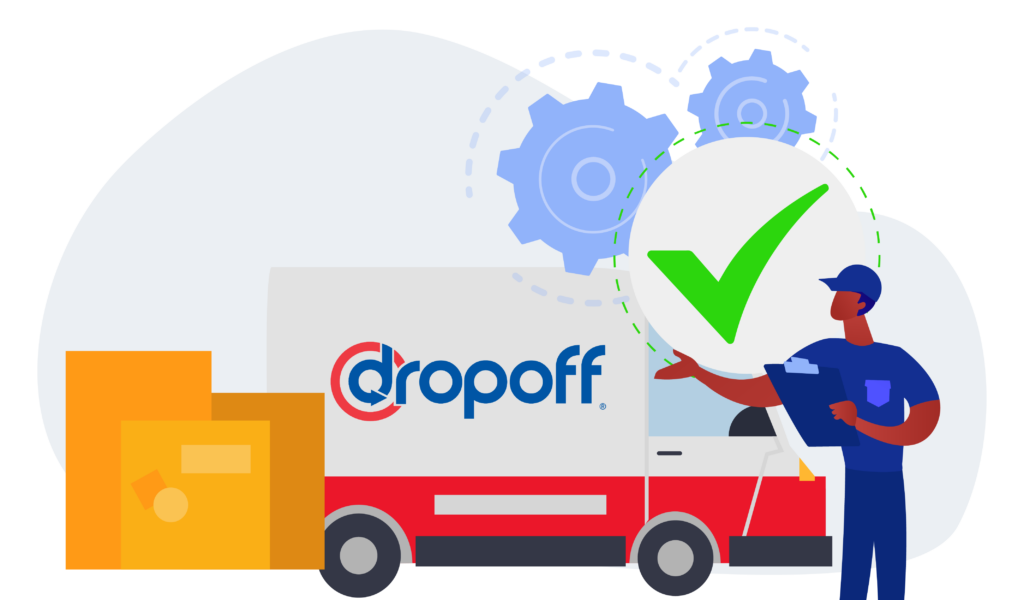
First 5 Steps in Building Integrated Logistics Solutions for Your Company
Ready to implement an integrated logistics management process? Here are the first steps you should take:
1. Analyze: Conduct a Comprehensive Supply Chain Analysis
Conducting a comprehensive supply chain analysis is a pivotal process in the development of integrated logistics solutions for companies. This systematic approach involves defining the scope and objectives of the analysis, collecting data from various supply chain facets, mapping the entire supply chain, identifying stakeholders, assessing risks and opportunities, evaluating technology integration, benchmarking performance, conducting a SWOT analysis, engaging cross-functional teams, and documenting findings.
Through these steps, businesses gain valuable insights into their current operations, laying the foundation for the creation of an effective integrated logistics strategy.
2. Plan: Identify Top 3 Performance Criteria for Your Integrated Logistics
Determine the key performance indicators (KPIs) critical to your business objectives. Whether focusing on reducing lead times, improving order accuracy, or minimizing stockouts, clearly define the goal of implementing an integrated logistic solution.
While business objectives vary for each company, here are some of the most common KPIs for integrated logistics frameworks per industry:
Retail:
- On-time last-mile parcel delivery
- Optimal inventory turnover rate,
- Order dispatch accuracy.
Healthcare:
- Temperature control in storage
- On-time delivery and real-time visibility
- Strict regulatory compliance
- Risk mitigation
Industrial:
- Supply chain traceability for quality control
- Transportation cost per unit
- Environmental impact
3. Test: Implement Pilot Projects for Integrated Logistics Management
Testing and refining integrated logistics processes through small-scale pilot projects is a crucial step in ensuring their effectiveness in real-world scenarios.
A notable example is Unilever’s logistics pilot project in Italy, where they implemented PTV Route Optimiser software to enhance sustainability and operational efficiency. Unilever, a multinational consumer goods giant, aimed to make its logistics operations greener and more efficient. The company implemented PTV Route Optimiser, a routing and scheduling tool designed to optimize transportation and distribution by considering various factors, including environmental aspects such as emissions.
The success of the pilot project brought the company numerous benefits, such as general simplification of logistics processes, cost reduction, up to a 15% decrease in CO2 emissions, improved fleet usage, and enhanced punctuality and customer service.
4. Collaborate: Develop Partnerships with Suppliers, Distributors, and Other Key Partners
Collaboration is paramount in integrated logistics. Partners must extend beyond internal efforts to include robust partnerships with suppliers, distributors, and stakeholders to create a more holistic and efficient supply chain.
A prime example is the partnership between FedEx and Dell Technologies, which, along with Switch, is pioneering exascale multi-cloud edge infrastructure services. By establishing technology hubs across the United States strategically located within secure FedEx facilities, this collaboration focuses on bringing computing, storage, and connectivity to the network edge, overcoming performance barriers for latency-sensitive applications.
Such collaboration shows that logistics partnerships, when executed properly, can even improve a business’s go-to-market efforts like that of Dell.
5. Delegate: Consider Working with Integrated Logistics Professionals
When working to integrate logistics processes, seeking the expertise of integrated logistics professionals or third-party logistics (3PL) providers is a strategic move. Their wealth of experience and specialized knowledge can expedite the integration process and significantly contribute to its overall success.
For instance, suppose you already have established trucking, delivery, and warehouse providers. In this case, opting for logistics software like FarEye can be a transformative step. FarEye’s delivery management software streamlines operations by optimizing routes, ensuring on-time deliveries, and reducing kilometers driven. With features like constraint-driven routing, real-time visibility, and performance tracking, FarEye enhances the efficiency of delivery operations.

How Dropoff Can Become a Reliable Partner for Integrated Logistics
In implementing integrated logistics, it’s imperative to include a premier 3PL provider in your supply chain, like Dropoff.
Dropoff’s solutions, powered by expertise, advanced technology, and a global fulfillment network, are tailored for optimal supply chain efficiency and heightened customer satisfaction. Renowned for its industry-leading same-day services, which include direct-to-store deliveries, Dropoff ensures unparalleled reliability, speed, and safety.
Dropoff’s standout feature lies in its adaptability across diverse industries, including healthcare, retail, and industrial sectors. The company’s specialized supply chain optimization, cost-effective strategies, and 24/7 customer service exemplify its commitment to personalized logistics support. By choosing Dropoff as a strategic partner, businesses secure a reliable ally dedicated to maintaining seamless operations, allowing them to concentrate on their core activities with the confidence that their deliveries are handled with utmost competence.
Final Thought
Integrated logistics is not just a buzzword; it’s a strategic approach that can revolutionize your company’s supply chain. By understanding its components, recognizing its benefits, and following a systematic implementation plan, your business can thrive in the dynamic landscape of modern commerce.
FAQ
Integrated logistics is a comprehensive supply chain organization method that combines all facets of a company’s supply chain. It involves the seamless coordination of departments, resources, and technology to enhance operational efficiency and meet customer demands effectively.
The key components of integrated logistics include transportation management, warehousing and distribution, inventory, processing of orders, and information technology. Collectively, these elements contribute to streamlining supply chain operations and ensuring optimal efficiency.
Businesses successfully implementing integrated logistics enjoy several advantages, including cost reduction, increased flexibility and efficiency, enhanced customer satisfaction, improved market competitiveness, and a commitment to sustainability. These benefits contribute to overall business growth and success.

